It's winter here in the Northern Hemisphere. This means people don't spend as much time outside. But, regardless of season, being outside is an important part of avoiding the winter blues, a.k.a., "SAD" (seasonal affective disorder). You know how winter can be de-motivating and glum? You don't want to move because you're cold, or it's dark?
During daylight, GO OUTSIDE. I'm using all caps not to yell, but to state my enthusiasm over this incredibly simple principle that most of us have forgotten.
I find that a few minutes outside leaves me focused and de-stressed. My postural muscles wake up. As a result, I work more effectively when I go back inside.


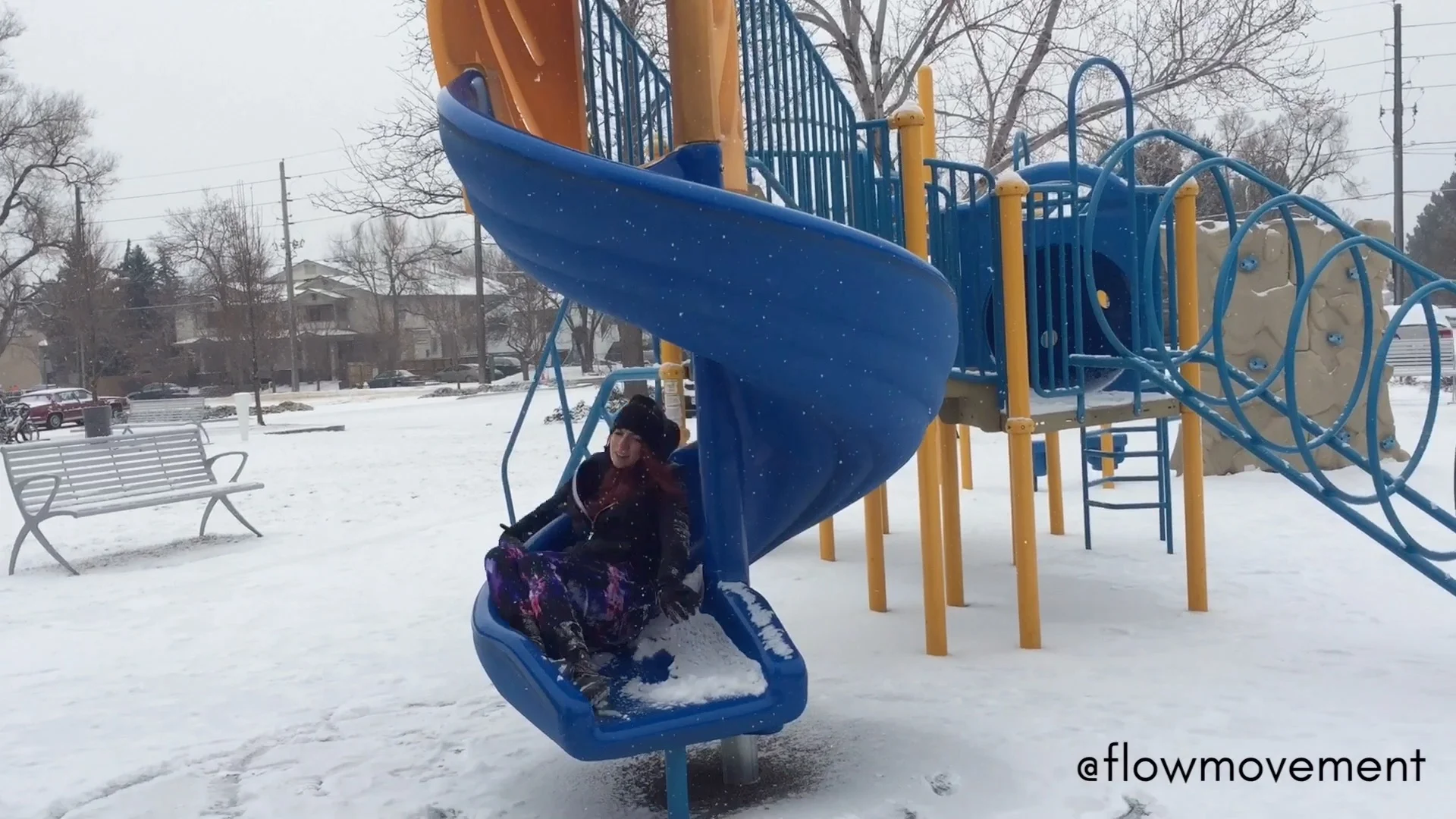


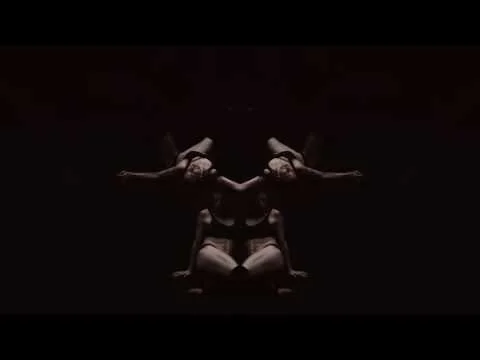


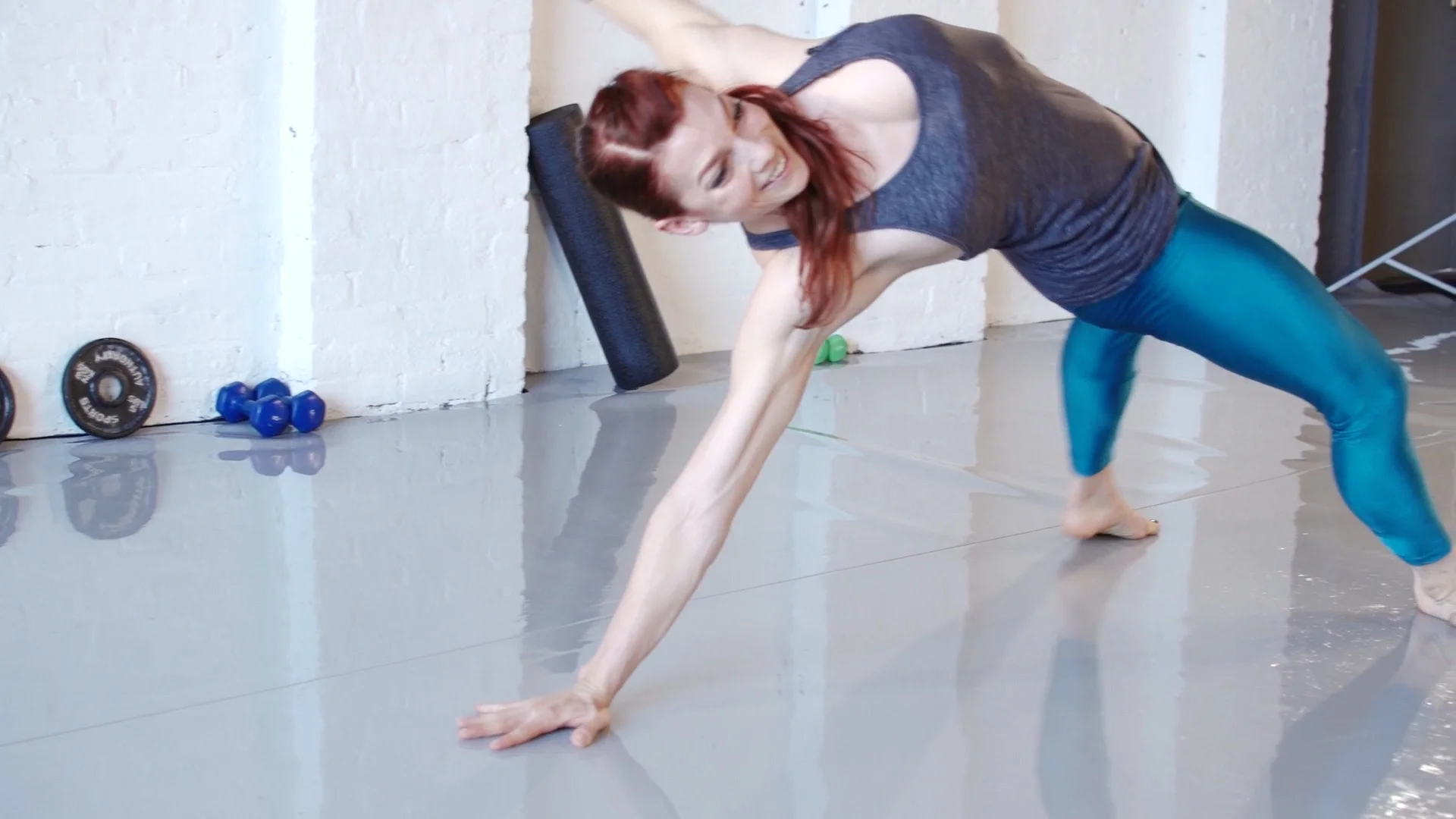
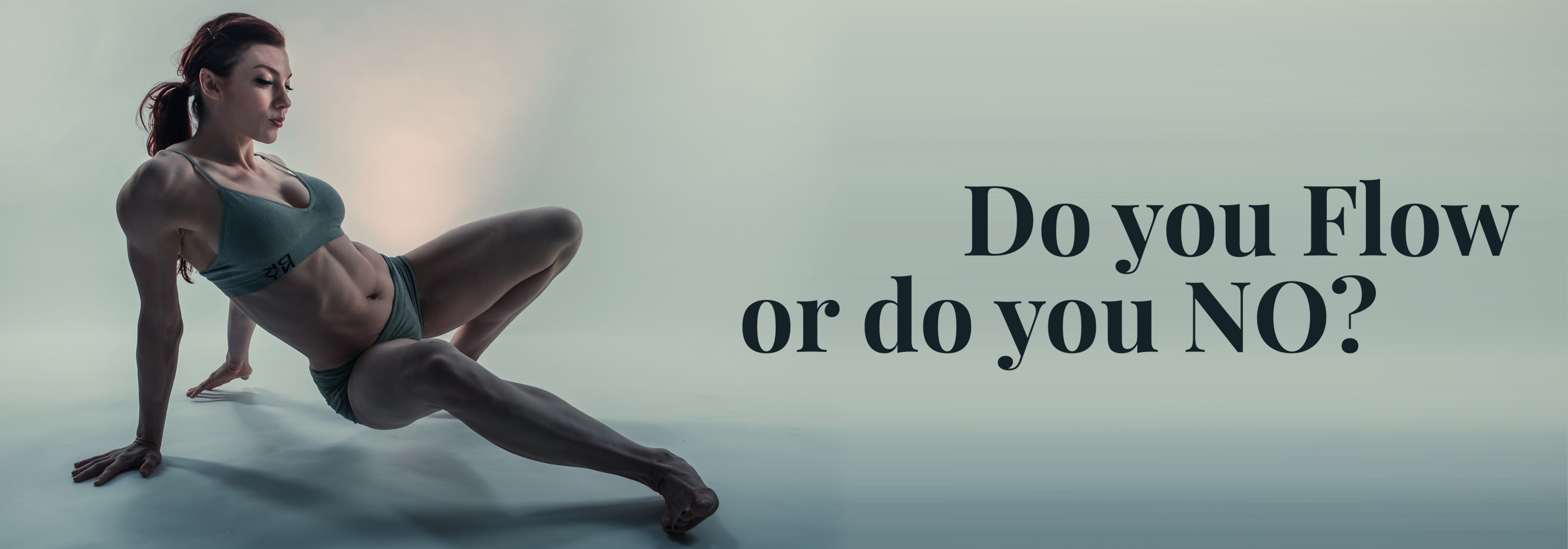

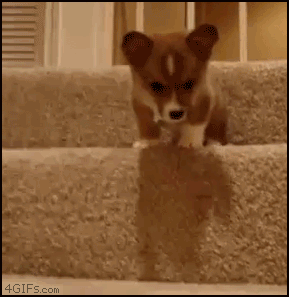

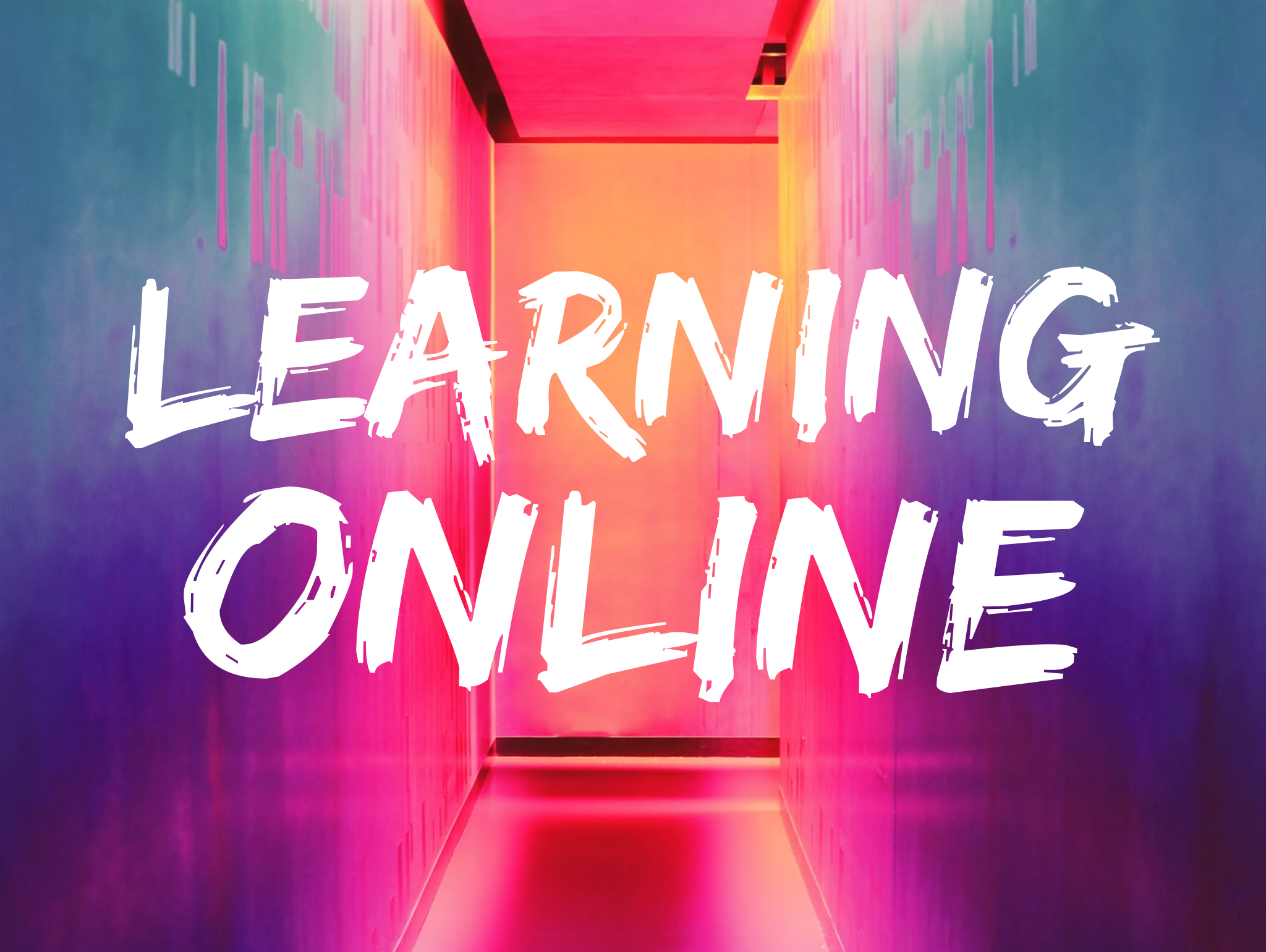

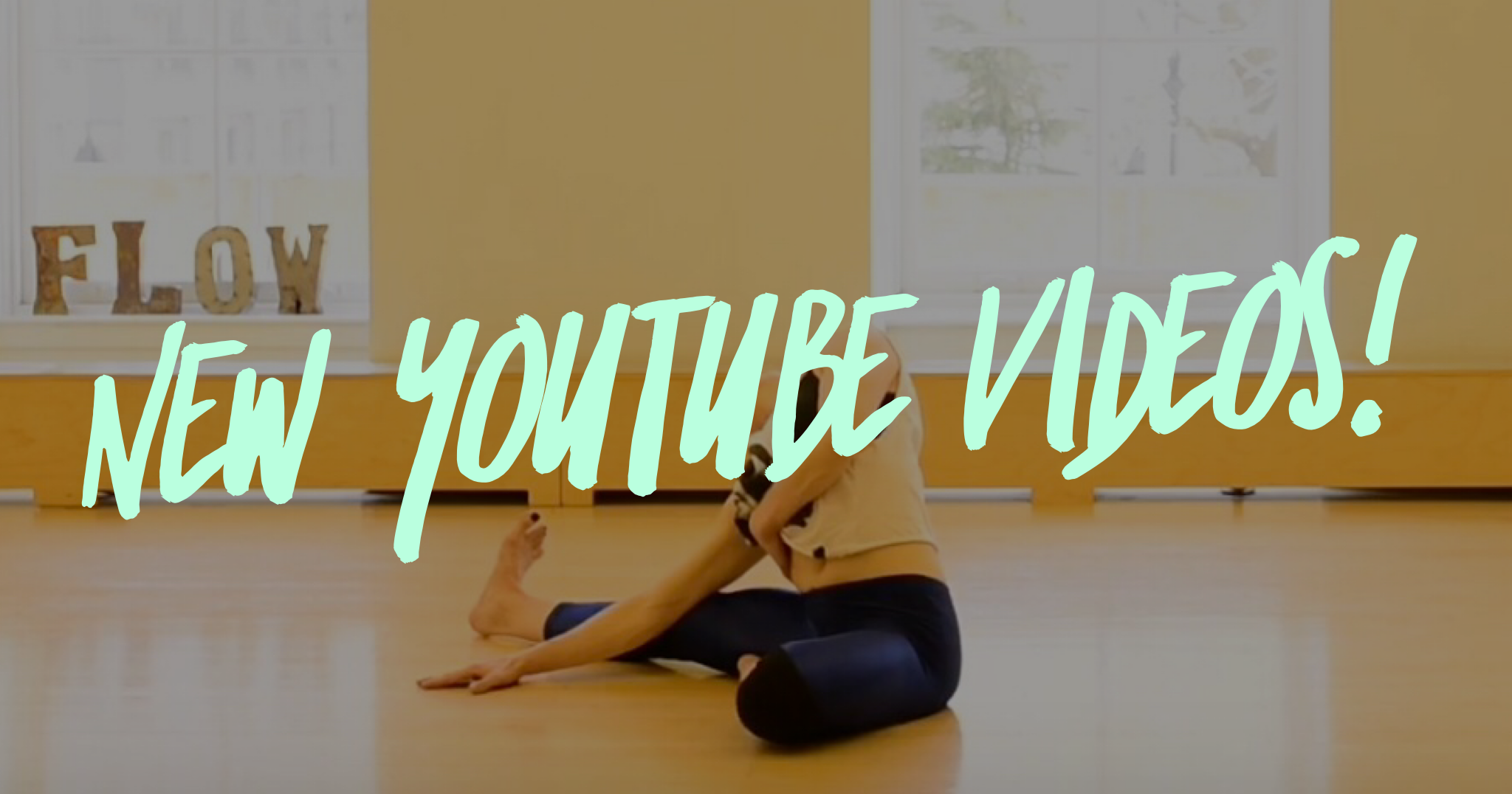

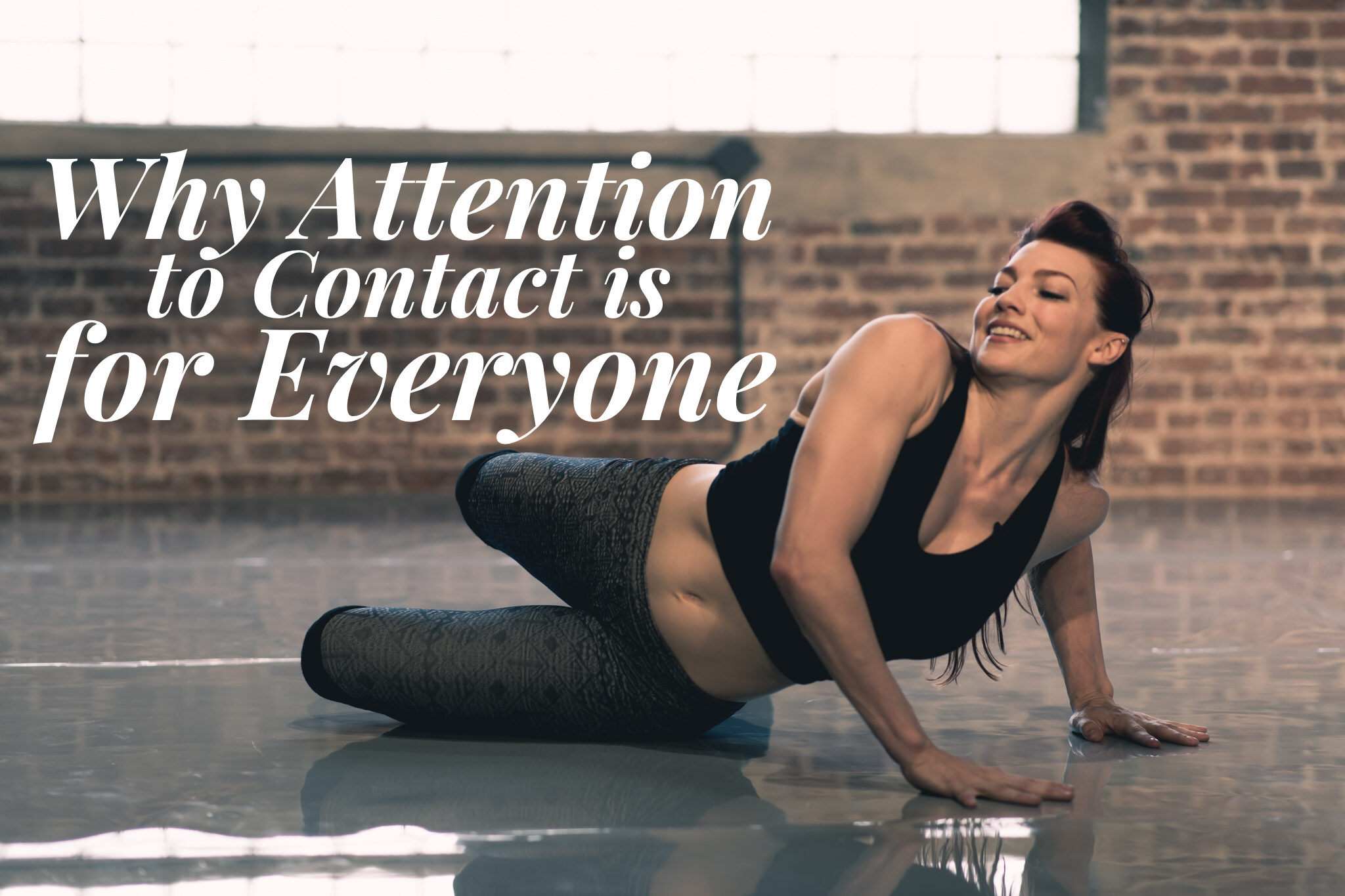


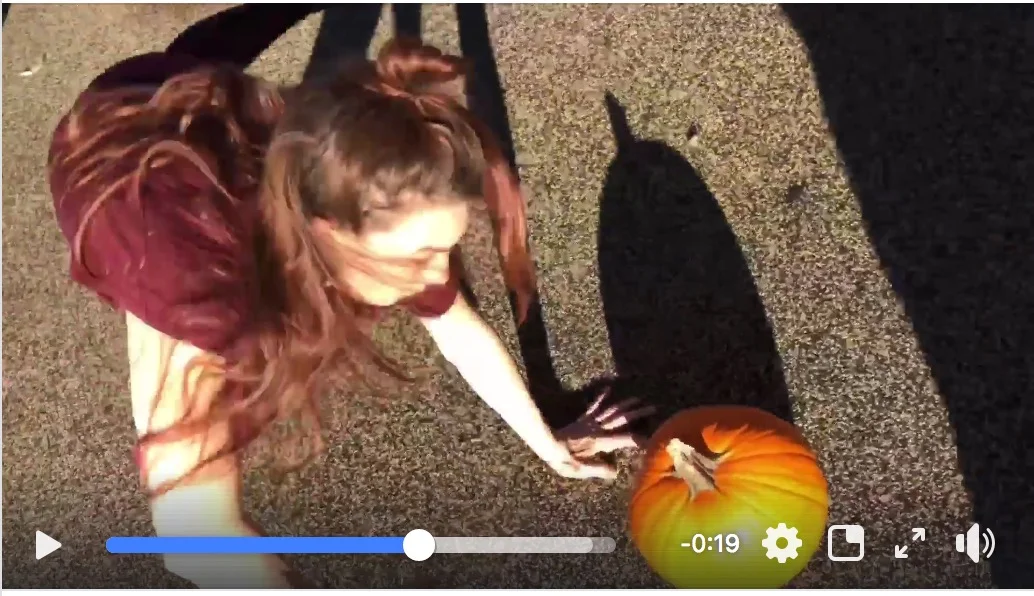



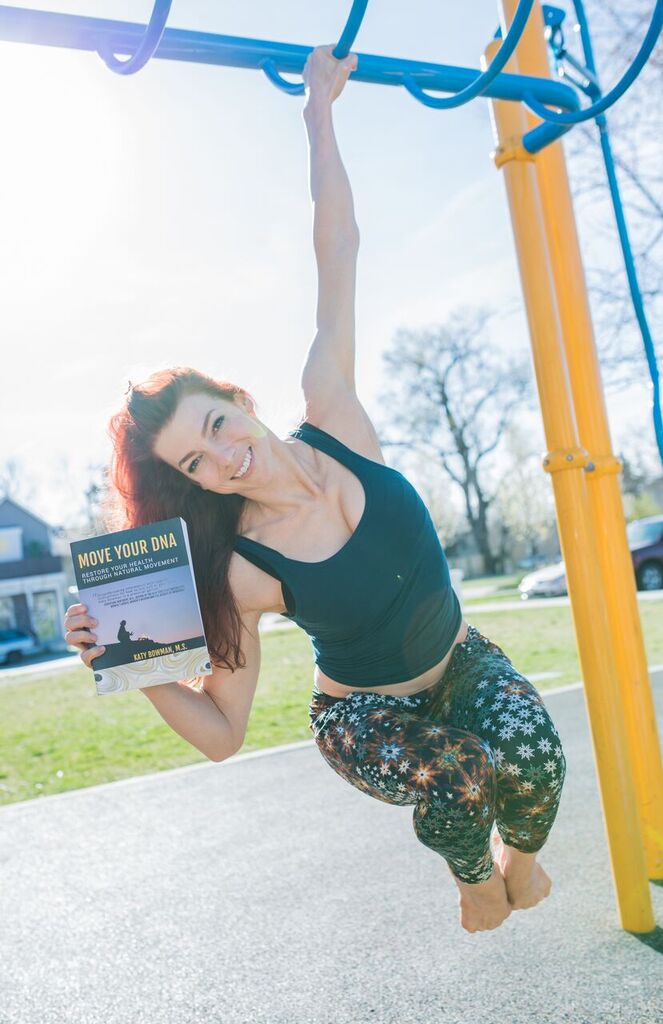
“I don’t do balls,” I used to say.
Like many other dancers I knew growing up, I formed an identity around being a dancer with no interest in activities involving balls, pucks, paddles, etc. (unless I was dancing with it).
In high school, I almost failed P.E. class because I flat-out refused to participate in any sports activity. As a result, in later years, whenever someone would throw me a ball I’d duck away rather than catch it, or if I did attempt a catch, it would be in a stiff and panicky state. It was embarrassing.
Ki’ilani (seen in the video) changed my relationship with catching. She loves balls more than anyone I’ve ever met. Every trip to a large store includes a visit to the sports aisle to feel balls. She even keeps a ball in her pocket for comfort tossing. One of our quarantine activities has been ‘dance catch.’